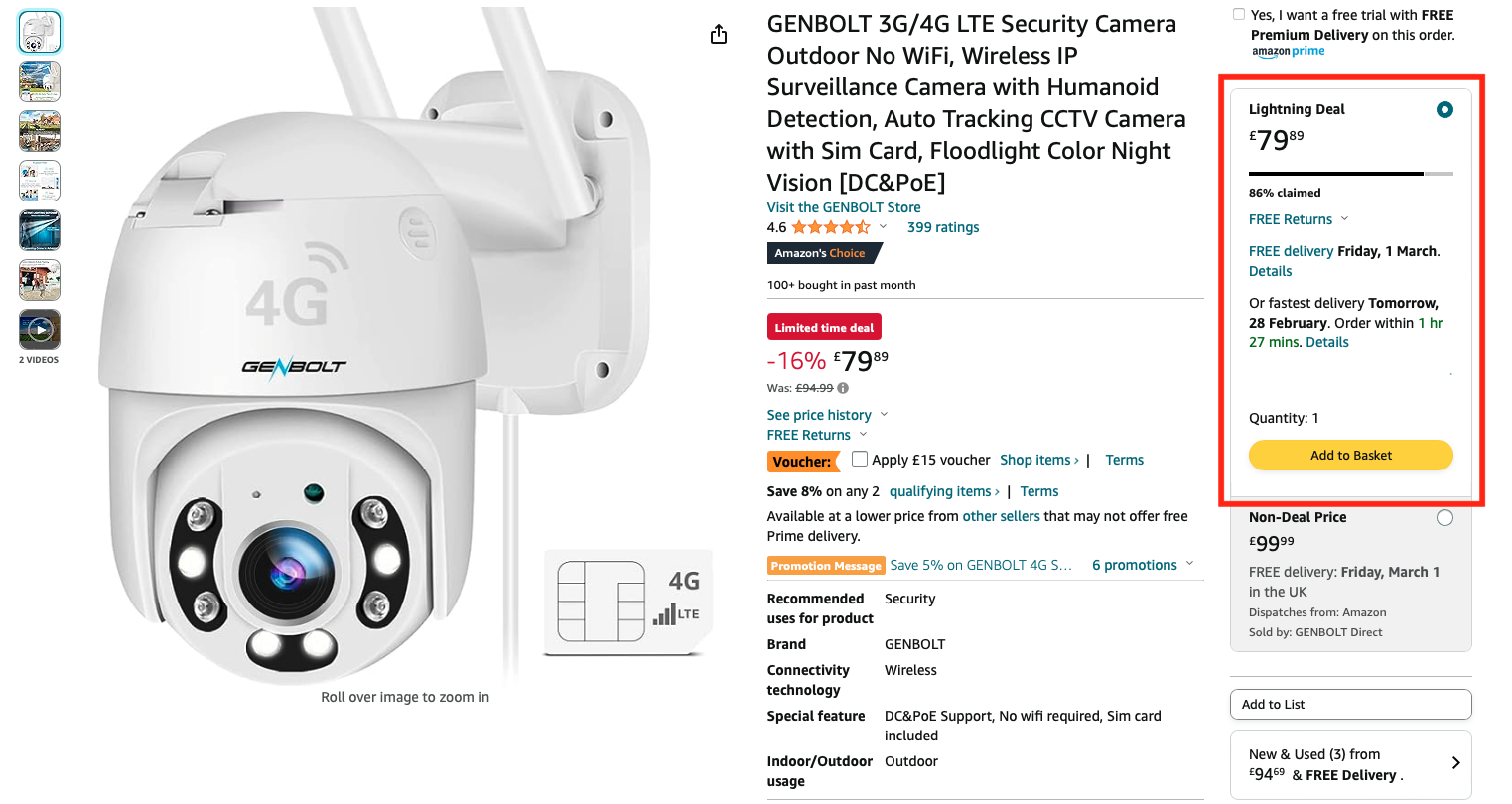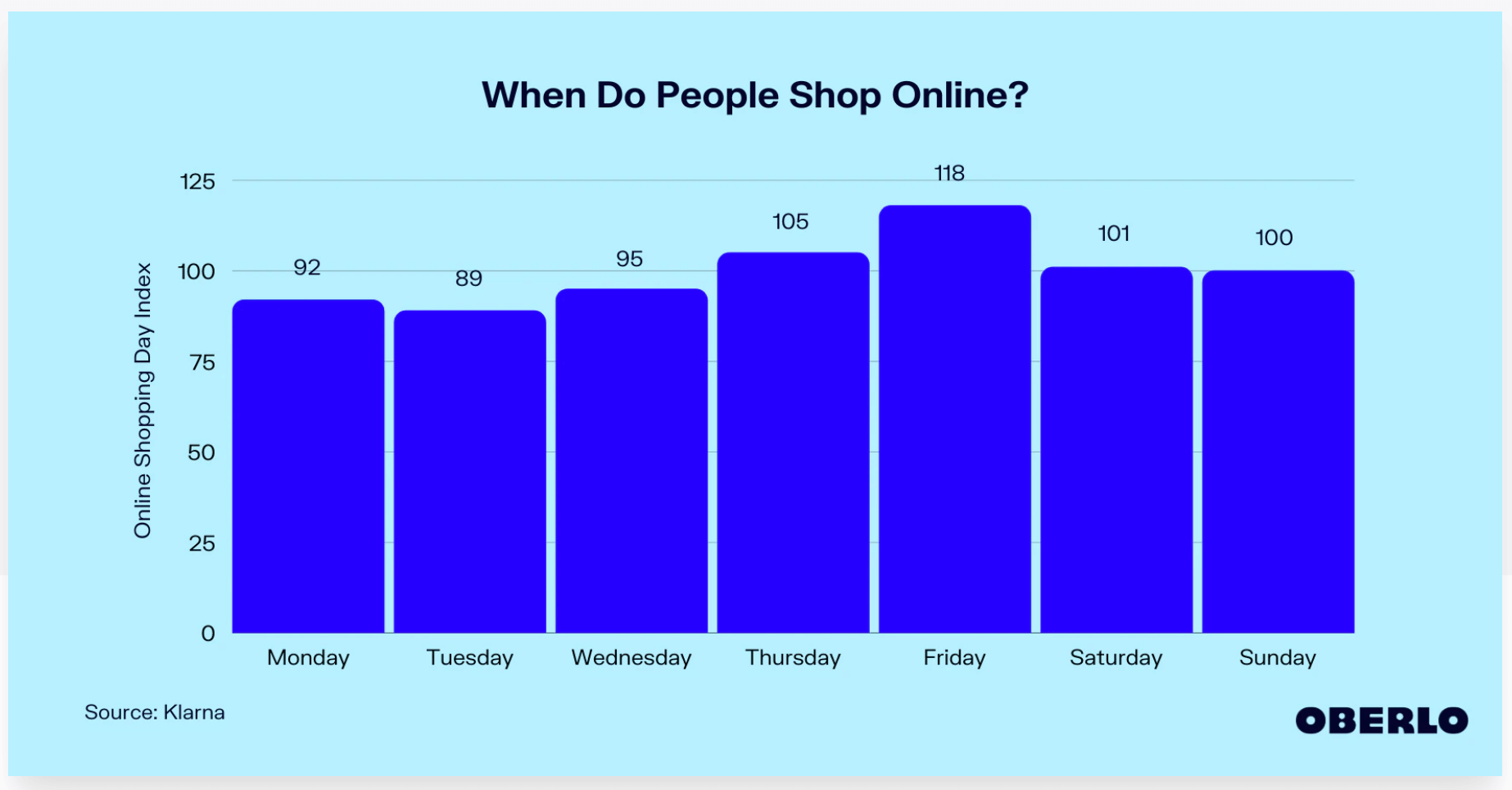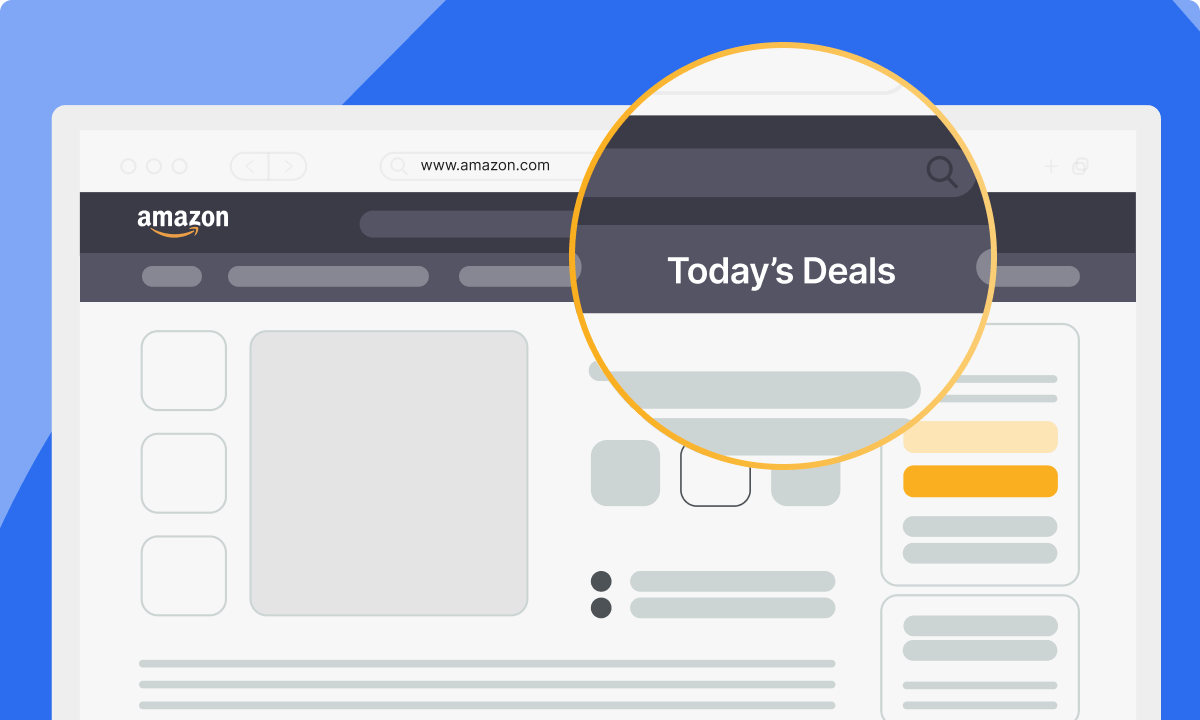Standing out from the crowd is crucial for success on Amazon. For FBA sellers, Amazon Lightning Deals can be a powerful tool to achieve just that. These limited-time, discounted promotions can ignite a surge in sales, boost brand awareness, and ultimately propel your Amazon business forward.
In this post we’ll explore the advantages for sellers in utilizing Lightning Deals, along with a step-by-step guide on setting them up and evaluating their effectiveness for upcoming campaigns.
What are Amazon Lightning Deals?
Lightning Deals are special promotions where a limited number of products are offered at a discounted price for a short period of time, typically a few hours. These deals are available on a wide range of products including electronics, clothing, household items, and more.

Lightning Deals are time-sensitive and usually last for a few hours or until the allotted inventory is sold out, whichever comes first. They are often prominently featured on Amazon’s ‘Today’s Deals’ section and can offer significant savings to shoppers.
Benefits of Amazon Lightning Deals for FBA Sellers
Increased Visibility and Exposure
Lightning Deals put your product front and center on Amazon’s high-traffic “Today’s Deals” page, exposing it to a vast pool of potential customers who actively seek discounts. This increased visibility can significantly boost brand awareness and drive traffic to your product listing, even after the deal ends.
Boosting Sales Velocity and Ranking
The limited-time, discounted nature of Lightning Deals creates a sense of urgency, encouraging customers to purchase immediately. This surge in sales velocity can positively impact your product’s ranking in search results, making it more discoverable organically in the long run.
Clearing Excess Inventory and Seasonal Items
Lightning Deals can be a strategic tool for managing inventory levels. By offering discounts on slow-moving or seasonal products, you can clear out excess stock and free up valuable storage space, ultimately improving your cash flow and profitability.
Strengthening Brand Presence
Participating in Lightning Deals demonstrates your commitment to providing competitive pricing and engaging with customers. This can enhance your brand image and build trust with potential buyers, leading to increased brand loyalty and repeat business.
Are Lightning Deals Worth It?
Whether Lightning Deals is worth the investment for Amazon sellers depends on various factors, including the nature of the product, current market conditions, budget constraints, and your overall marketing strategy.
Here are some considerations to help evaluate the worthiness of Lightning Deals:
Take into account product demand and seasonality

If the product experiences high demand or is seasonal, Lightning Deals can be effective in boosting sales during peak periods. If you offer sunscreen you may find Lightning Deals particularly valuable during the summer months when demand for sun protection products is highest.
Assess your competitive landscape
Assess the competition within your product category. If similar products frequently feature Lightning Deals, participating may be necessary to remain competitive.
For example, the electronics and beauty categories can be quite competitive and so participating in Lightning Deals may be necessary to maintain your competitiveness and visibility.
Evaluate the potential ROI (Return on Investment)
Calculate whether the potential increase in sales from a Lightning Deal justifies the associated fees and any potential discounts offered on the product. Let’s say you sell high-margin luxury watches, you may find that despite the higher fees associated with the Lightning Deal, the increased sales volume and brand exposure justify the initial investment.
Carefully manage your inventory
Ensure you have sufficient inventory to meet increased demand generated by the Lightning Deal without risking stockouts or overstocking. Selling items such as Christmas holiday decorations can be a balancing act as you must carefully manage your inventory levels to ensure you have enough stock to meet increased demand during a Lightning Deal without being left with excess inventory after the holiday season ends.
Consider your long-term strategy
Understand how Lightning Deals fit into your overall marketing and sales strategy. Evaluate whether the short-term boost in sales aligns with your long-term business goals.
Best times to run lightning deals on Amazon
Determining the best times to run Amazon Lightning Deals can depend on various factors, such as your target audience, product niche, and seasonal trends. However, to get the most value for your money, there are some general trends you should keep top of mind.
Prime shopping times
When scheduling your Lightning Deals, prioritize the days and times when online shopping activity is highest. Statistics indicate that weekends tend to be the busiest, especially late evenings on Fridays.

Additionally, aim for peak shopping hours, typically observed between 6pm and 10pm, as highlighted by the Witz Group.
Seasonal Trends
Seasonal trends can have a significant impact on the performance of your Lightning Deals fluctuates depending on the niche you’re in. For instance, if you focus on selling Christmas ornaments, it’s recommended to plan more Lightning Deals as Christmas approaches. Conversely, if you sell back-to-school stationary, aim for the end of the summer months to launch your deals. Alongside niche-specific patterns, prioritize significant shopping periods such as Prime Day, Black Friday, Cyber Monday, Christmas, and other major holidays, when consumer spending tends to spike.
Customer Behavior
This may align with seasonal trends specific to your niche, but understanding your target audience’s shopping behaviors and preferences is crucial in determining the optimal timing for your Lightning Deals. Take into account factors like their online activity patterns, purchasing behaviors, and any particular times they are more inclined to engage with deals and promotions. Leveraging your existing data from past sales and customer interactions is an effective method to pinpoint peak periods for engagement and conversion.
Competitor Analysis
Monitor your competitors’ promotional activities and Lightning Deals schedules. Avoid scheduling your deals at the same time as major competitors to minimize competition and maximize visibility.
How to setup Amazon Lightning Deals (Step-by-Step)
It’s easy to get up and running with your first lightning deal on Amazon and can all be done in a few simple steps.
Step 1: Log in to Seller Central
- Visit Seller Central (sellercentral.amazon.com) and log in to your account using your seller credentials.
Step 2: Navigate to the Advertising Tab
- Once logged in, navigate to the “Advertising” tab located at the top of the page.
Step 3: Select Lightning Deals
- Under the Advertising tab, select “Lightning Deals” from the drop-down menu. This will take you to the Lightning Deals dashboard.
Step 4: Check Eligibility
- Review the eligibility criteria to ensure your products meet the requirements for Lightning Deals. Eligible products must have good customer ratings and be Prime eligible.
Step 5: Create a New Deal
- Click on the “Create a new deal” button to start the process of setting up your Lightning Deal.
Step 6: Choose Products
- Select the products you want to feature in your Lightning Deal from your inventory. You can filter products based on category, ASIN, and other parameters.
Step 7: Set Deal Details
- Specify the details of your Lightning Deal, including:
- Deal duration: Choose the start and end dates and times for your deal.
- Deal price: Set the discounted price for your product during the deal period.
- Deal quantity: Specify the quantity of units available for the Lightning Deal.
- Deal image: Upload a high-quality image to represent your Lightning Deal.
Step 8: Review and Submit
- Review all the details you’ve entered for your Lightning Deal to ensure accuracy.
- Once you’re satisfied, click on the “Submit” button to send your Lightning Deal for review by Amazon.
Step 9: Wait for Approval
- After submitting your Lightning Deal, it will go through a review process by Amazon. Approval typically takes a few days.
- Monitor your email and Seller Central dashboard for updates on the status of your Lightning Deal submission.
Step 10: Manage Your Lightning Deal
- Once your Lightning Deal is approved, you can monitor its performance and manage it through the Lightning Deals dashboard in Seller Central.
- Keep an eye on inventory levels, deal performance metrics, and customer feedback during the deal period.
- Consider adjusting pricing or deal quantity if necessary to optimize performance.
Analyzing your Lightning Deals performance
Last but not least you need to analyze the performance and ROI of running your lightning deals. It’s a crucial element for you to assess their effectiveness and determine whether it’s a worthwhile practice to run them again. Here’s how you can see if they are beneficial for your long-term marketing strategy.

Units sold and revenue generated
Ensure to assess both the total units sold and revenue generated during the Lightning Deal period in comparison to regular sales periods, while considering the impact of the discounted prices offered. For instance, suppose you typically sell 200 units of a product in a week at $10 each. During a Lightning Deal where the price is discounted to $7, you sell 500 units. This scenario is optimal, resulting in an additional $1500 compared to regular sales. However, if sales fall short of expectations, it might be necessary to reconsider your strategy.
Customer Engagement
Evaluate how effective your Lightning Deals were by measuring the percentage of visitors who made purchases during the deal period, this will give you a better understanding of their conversion rates. Additionally, you’ll want to assess how attractive the Lightning Deal was by comparing the percentage of impressions it got against the percentage of people who clicked on the deal.
Final Thoughts
Utilizing Amazon Lightning Deals can significantly improve your marketing strategy, fostering brand and product awareness while effectively boosting sales, as people are always on the hunt for a good bargain. Before launching your Lightning Deals, carrying out research is essential to ensure optimal timing, maximizing return on investment and preventing valuable resources from being squandered.
If increasing sales and profitability is your primary objective, as it is for every Amazon seller, optimizing your pricing strategy is paramount. Try Repricer completely free for 14 days and see how quickly your sales can scale.



